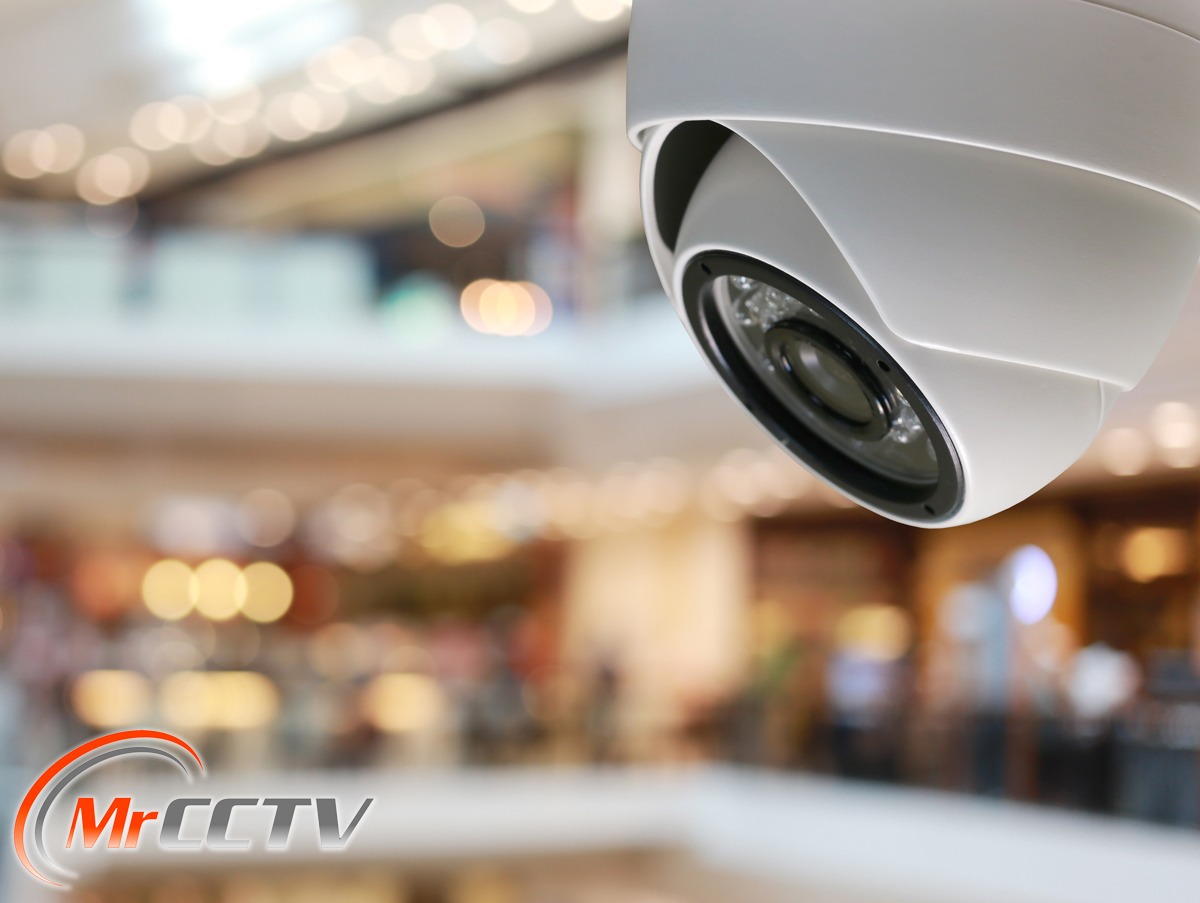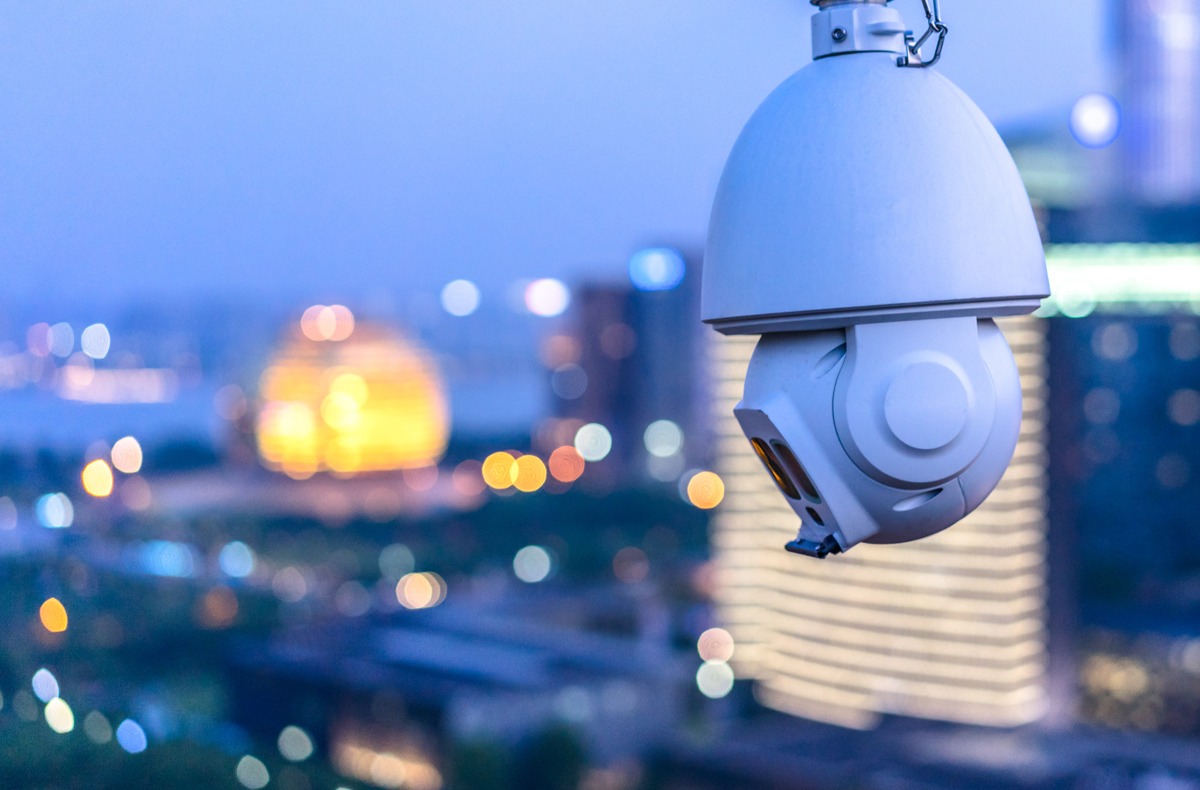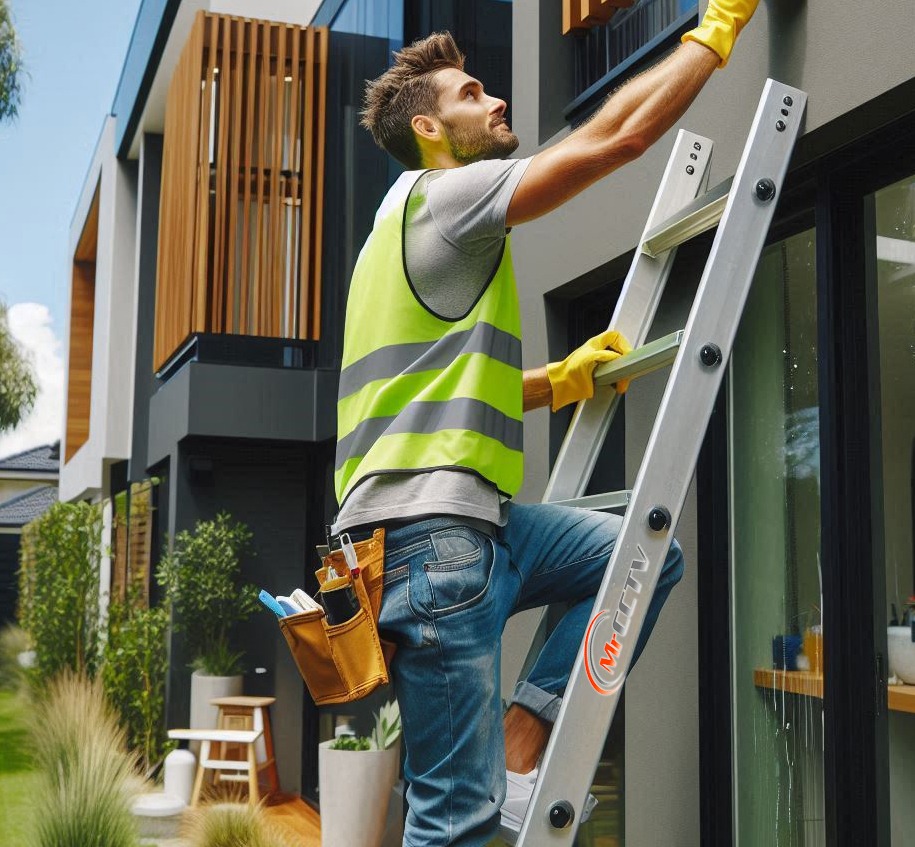How to Ensure Your CCTV System Complies with Victoria’s Privacy Laws
In an era where security concerns are paramount, installing a CCTV system has become a crucial step in safeguarding your home or business. However, while these systems provide significant security benefits, it is equally important to ensure they comply with Victoria’s privacy laws. Failure to adhere to these regulations can lead to legal complications and undermine the trust of those being recorded. Here’s a detailed guide to help you ensure your CCTV system aligns with Victoria’s privacy laws, based on insights from the Victorian Police’s Guide to CCTV Systems.
1. Understand the Legal Framework
The primary legislation governing CCTV use in Victoria includes the Surveillance Devices Act 1999 (Vic) and the Privacy and Data Protection Act 2014 (Vic). These laws set out specific requirements for the collection, use, and disclosure of surveillance footage. For businesses, it’s also essential to consider the Occupational Health and Safety Act 2004 (Vic), which might necessitate the use of CCTV for ensuring workplace safety.
2. Install Cameras in Appropriate Locations
For Homes:
- Public Areas Only: Install cameras in areas such as entrances, driveways, and backyards. Avoid placing cameras where they might intrude on a neighbor’s property or private areas like bathrooms and bedrooms.
- Visibility: Ensure cameras are visible to deter potential intruders and inform guests about the presence of surveillance.
For Businesses:
- Sensitive Areas: Place cameras in areas where security is critical, such as entrances, exits, cash registers, storage rooms, and parking lots.
- Private Areas: Avoid installing cameras in areas where employees expect privacy, such as restrooms, locker rooms, and break rooms.
3. Inform People About Surveillance
For Homes:
- Signage: Even in a residential setting, it is good practice to place signs indicating that CCTV is in use. This not only serves as a deterrent but also respects the privacy of visitors and neighbors.
For Businesses:
- Clear Notification: Display clear and visible signs in all areas under surveillance. The signage should inform individuals that CCTV is in operation and provide details on who to contact for more information.
- Employee Notification: Ensure that all employees are informed about the surveillance policy. This can be done through employee handbooks, training sessions, and notices in common areas.
4. Limit Access to Footage
For Homes:
- Personal Use Only: Limit access to the footage to household members. Use password-protected systems to secure the recordings.
For Businesses:
- Authorized Personnel Only: Restrict access to CCTV footage to authorized staff, such as security personnel or managers. Implement robust security measures, including password protection and encryption, to prevent unauthorized access.
- Third-Party Access: If you use a third-party service to monitor your CCTV system, ensure they comply with privacy laws and contractual agreements regarding data protection.
5. Retain Footage for an Appropriate Period
For Homes:
- Short-Term Retention: Typically, retaining footage for 30 days is sufficient. Delete outdated footage regularly to reduce storage costs and privacy risks.
For Businesses:
- Defined Retention Periods: Retain footage based on your business needs and legal requirements. Common retention periods range from 30 to 90 days, but this may vary depending on specific industry regulations.
- Regular Audits: Conduct regular audits to ensure footage is deleted appropriately and storage systems are functioning correctly.
6. Respond to Access Requests
For Homes:
- Personal Requests: If an individual requests access to footage that includes them, have a process in place to handle these requests respectfully and lawfully.
For Businesses:
- Legal Compliance: Under the Privacy and Data Protection Act 2014, individuals have the right to request access to personal information held about them, including CCTV footage. Establish a clear process for handling these requests, verifying the identity of the requester, and determining whether any exemptions apply.
- Employee Access: Develop a policy for how employees can request access to footage, ensuring transparency and fairness.
7. Regularly Review and Update Your Policies
For Homes and Businesses:
- Stay Updated: CCTV technology and privacy laws are continually evolving. Regularly review your CCTV policies and procedures to ensure they remain current and compliant with the latest regulations.
- Staff Training: For businesses, training staff on these policies is crucial to maintaining a lawful and effective surveillance system. For homes, ensure all household members understand the purpose and limits of the CCTV system.
Conclusion
By adhering to these guidelines, you can ensure that your CCTV system complies with Victoria’s privacy laws, providing security while respecting the privacy of individuals. For detailed information, refer to the Victorian Police’s Guide to CCTV Systems, which offers comprehensive advice on the legal and practical aspects of CCTV use. Whether you’re safeguarding your home or managing a business, understanding and implementing these privacy principles is essential for lawful and effective surveillance.






